Song of the Week: Wu-Tang Clan - C.R.E.A.M.
Aye. Y’all know the vibes. It’s Friday — someone’s getting paid somewhere, right?
Plus this post is about Wu, so it’s only right to kick it off properly.
I don’t need to say much. Let’s get into it…
Yesterday marked the 30th anniversary of Wu-Tang Clan’s debut album “Enter The Wu-Tang: 36 Chambers”.
To date, it’s one of the most important debut albums in Hip-Hop history, and it created a legacy that no one could anticipate.
Not just a legacy in Hip-Hop, but one of commercialism that hadn’t been seen in the culture.
Wu-Tang became an international brand.
Its presence was monumental in terms of what it did for advertising. Seriously. The amount of ad people I know who were inspired by them is crazy.
And guess what else happened this week?
Ogilvy turned 75.
For my non-advertising folks, Ogilvy is a creative agency named after the man widely recognized as the father of modern advertising, David Ogilvy.
In fact, The Ogilvy team put out a cool pdf with 75 quotes by him this week. It’s part of the inspo for this piece, so it looks like the stars have aligned folks.
Today, let’s enter the Temple of Shaolin and talk about one of Hip-hop’s most important groups through the lens of David Ogilvy.
PART I: THE BACKGROUND
Look… You should know who Wu-Tang is by now, but if you don’t, here’s a quick rundown on them:
Who founded the group?
The RZA (seen below) was the first member of the crew with a record deal, and eventually he convinced everyone to come together as a group after his deal fell through.
RZA’s brother Divine eventually helped to manage Wu-Tang along with their neighborhood friend Oliver Grant aka Power, who was a principal investor.
How did they get the name?
They were huge fans of martial arts.
In an earlier SNOBHOP piece we talked about how Kung-Fu movies influenced Black culture in the 70s — most of the members of Wu-Tang grew up in that era.
The title of their first album pays homage to one of their favorite Kung-Fu films: The 36th Chamber of Shaolin.
As For David Ogilvy…
We touched on this earlier, but just to add some more context.
Who was he?
He was co-founder of Ogilvy & Mather, an advertising agency that became a global name under his leadership.
His biggest claim to fame (aside from the agency) is writing one of the most foundational books on advertising to date: Ogilvy on Advertising.
If you’re reading this post and thinking of getting into the ad industry, give it a read.
It’s probably the most recommended book amongst ad folks who mentor juniors, and it’s a quick read.
Now that we know both parties, let’s get into some quick lessons…
LESSON #1: YOU NEED A BIG IDEA
“Unless your advertising is built on a BIG IDEA it will pass like a ship in the night.”
So, remember how we talked about how RZA was actually the first artist from the crew with a record deal?
For a short time, he rapped under the name Prince Rakeem (see the evidence below).
At that point in his career, the record label had RZA doing stuff that didn’t align with him. And, after a song fell flat commercially, they dropped him from the label.
RZA may have lost his record deal, but he left knowing the ins & outs of major label system and something else, too…
A BIG IDEA.
It was the 90s.
A Tribe Called Quest had just gotten signed, Mobb Deep was on the scene, and New York was the hotbed for Hip-Hop. That also meant it was crowded.
The world didn’t need yet another group with yet another set of songs. They’d literally pass like a ship in the night, just like Ogilvy says.
To stand out meant you had to be truly special, and RZA peeped game.
He had a disparate group of friends who were rappers, and they all had a common goal. It gave him THE BIG IDEA for a crew.
Not just any crew, though — the biggest crew Hip-hop had even seen.
Ogilvy also says that “Big Ideas are simple”, and Wu-Tang was the personification of that.
It’s a nine man crew of elite rappers from the same burrough.
Boom. Brief in a tweet. Creative review is next week.
Campaign goes live in November.
LESSON #2: MASTERING BRAND IMAGE
“What you show is more important than what you see”
Real talk, David. Real talk.
So, look… We’re visual creatures — y’all know this.
It’s not just about what an ad is saying, it’s what it’s conveying visually. That’s what really creates the emotional connection necessary to sell.
While Ogilvy might’ve meant this in reference to print or TV, this is a good time to talk about Wu-Tang’s visual ID & branding.
THEY HAD A DISTINCT VISUAL ID.
And because of that, as ODB would say, “Wu-Tang is here forever, motherf*ckers”
Let’s break it down…
Logos and wordmarks weren’t a new thing in Hip-hop. Labels were hip, and most artists at the very least, had stylized wordmarks, and a general image they’d portray in their music.
For reference, here’s a collage of 90s wordmarks most rappers used (sans ASAP worldwide which is from the 2000s):
The problem is that the use of the wordmarks wouldn’t (or couldn’t) extend past merch opportunities or OOH for concerts.
It wasn’t communal, it was just commercial.
However, the Wu-Tang Clan logo was best of both worlds. Peep the original design below:
Not only was it a symbol for the group, but it also became a tangible & visible representation of the brand, which is difficult to do.
Remember… What you SEE is more important that what you SAY
You could see Wu-Tang, heck you could THROW UP THE W.
That’s powerful. That’s branding.
Think about all of the great brands in the world & ask yourselves:
When was the last time I used my fingers to make the Nike sign? Or the Apple logo?
You didn’t, because you can’t.
“Wu-Tang Clan ain’t nothing to f*ck with”
B. Integration of Eastern Culture
“The personality of a product is an amalgam of many things – its name, its packaging, its price, the style of its advertising, and, above all, the nature of the product itself.”
We touched on this with the inspo for the group’s name earlier, but Wu-Tang clearly knew about the principle Ogilvy references.
The personality of their product was steeped in Eastern Philosophies & it permeated everything the group did from song titles, samples, to music videos.
Enter The Wu-Tang is filled with a litany of Kung-Fu samples.
LESSON #2: CONTRIBUTING TO BRAND IMAGE
“Every advertisement must contribute to the complex symbol which is the brand image.”
The year was 1997.
Wu-Tang members had already released their solo efforts, and the sophomore jinx surrounded the group ahead of their second album.
The crew couldn’t just bounce back with the same sound, a posse cut, or conventional mus video.
As Ogilvy says, every ad has to contribute to the brand image.
In Wu-Tang’s case, the wrong advertisement i.e. the wrong lead single/video could stagnate the group,or even worse make them irrelevant.
Luckily, they TRIUMPHED (see what I did there?)
A. Wu-Tang Forever
In an era where music videos were fastly becoming the primary marketing tools for albums (along with radio, samplers, etc.) Wu-Tang took it to another level.
After the success of their debut album, Wu-Tang released the first single from Wu-Tang Forever entitled “Triumph.”
You might be wondering what made it special.
Well…
IT WAS A MILLION DOLLAR MUSIC VIDEO!
Videos of this magnitude were rarely done in Hip-hop (let alone pop culture) at that point in time, and the power of the posse cut paired with the extravagant visual made Wu-Tang Forever an incredible success commercially.
B. ONCE UPON A TIME IN SHAOLIN
“It’s as rare as the Mona Lisa” - RZA
In 2015, Wu-Tang started to make headlines about a new album, but it wasn’t just because of the prospect of new music.
According to RZA, he wanted to restore the belief of Hip-hop being high art. Because of that, the album would go on sale, but ONLY ONE COPY WOULD BE AVAILABLE.
It wouldn’t be available on streaming.
It couldn’t be uploaded online for over 100 years.
And the highest bidder would be the sole owner.
It was the definition on an art piece.
And although Nipsey Hussle did something similar with his Crenshaw mixtape, this was the first album that was this scarce.
It felt esoteric which made its existence feel complex; Of course Wu-Tang would be the ones to do something like this.
When all was said and done, ‘Once Upon a Time In Shaolin’ sold for $2 million, and only a handful of music from the album has ever been heard publicly.
Although there was a ton of controversy surrounding how this album was made (group members said they didn’t know their verses were being used), it was the perfect advertisement for the group & it contributed to the legend of the Wu for the next few years.
How’s that for complex?
LESSON #3: NEVER CHANGE
“It takes uncommon guts to stick to one style in the face of all the pressures to “come up with something new” every six months. It is tragically easy to be stampeded into change. But golden rewards await the advertiser who has the brains to create a coherent image, and the stability to stick with it over a long period.”
The one thing you can say about Wu-Tang over the years is that they never changed who they are.
They never stopped being from Shaolin.
They never chased radio singles.
They never did a “brand refresh” or anything like that.
In an industry consumed by “what's next” they remained themselves.
And in the process, they created business that garnered massive success like…
WU WEAR.
This was the brainchild of their friend & investor, Power. The strength of Wu-Tang’s brand coupled with their steadfast commitment to their unique style made it highly successful.
The brand even re-launched in 2017 after years of being defunct— no doubt a golden reward of having a coherent brand image.
BONUS LESSON: WE NEED NEW TALENT
“Our business needs massive transfusions of talent. And talent, I believe, is most likely to be found among nonconformists,dissenters, and rebels.”
What did the crew from Staten Island say? “Straight from the motherf*cking slums that's busted.”
Something Hip-hop and Advertising have in common is both industries need new talent — albeit in different ways.
Hip-hop has to regain some level of equilibrium on a commercial level.
It can’t be all Drill, money, and mayhem. It’s hard to find balance though, because once money gets involved, art gets diluted. It’s a story as old as time.
In advertising, the battle isn’t around commercialism so much as it is about having Black and Brown talent in decision making roles.
So many missteps by brands happen, and it's not just because of the people on the lower levels ideating the work (although they are a factor).
Fault also lies with the decision makers.
If no one in the room culturally fluent enough to know when work is tone deaf or out of pocket AND empowered enough to say so, you're eventually gonna hit a wall, and it hit it hard.
FINAL WORDS FOR THE DAY…
There are ton of things you can learn from Wu-Tang and from David Ogilvy, for that matter.
Heck, we didn’t even talk about all of the brand collabs they’ve done or even the videogame.
These are just a few gems, but if you’ve got some time and want more context check out the Hulu series on Wu-Tang, or even the documentary they put out some years back.
As for me? I’ll probably do both.
Peace.


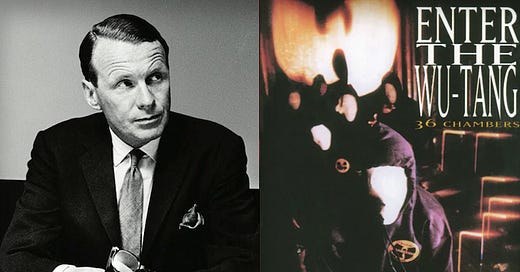



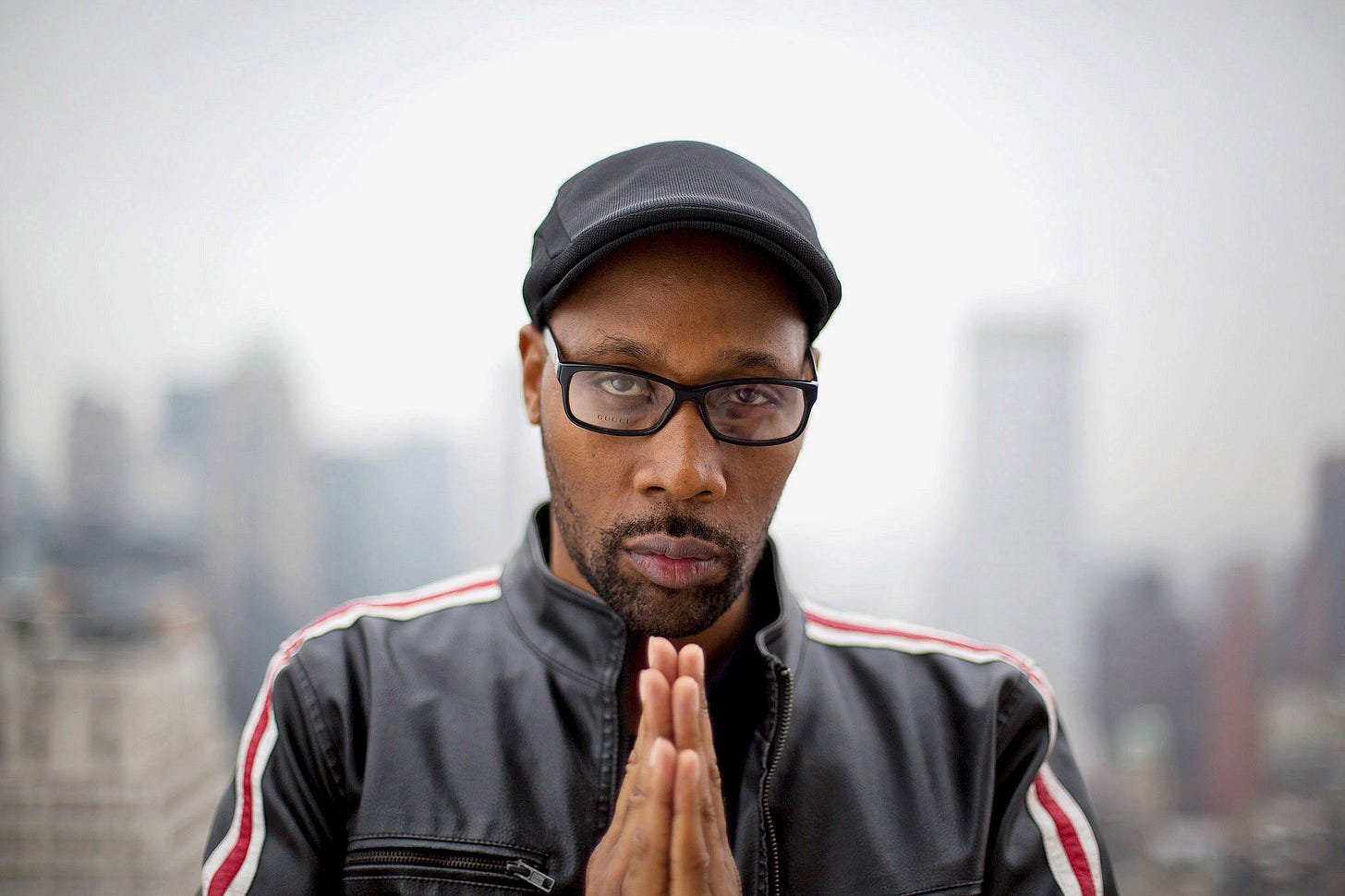
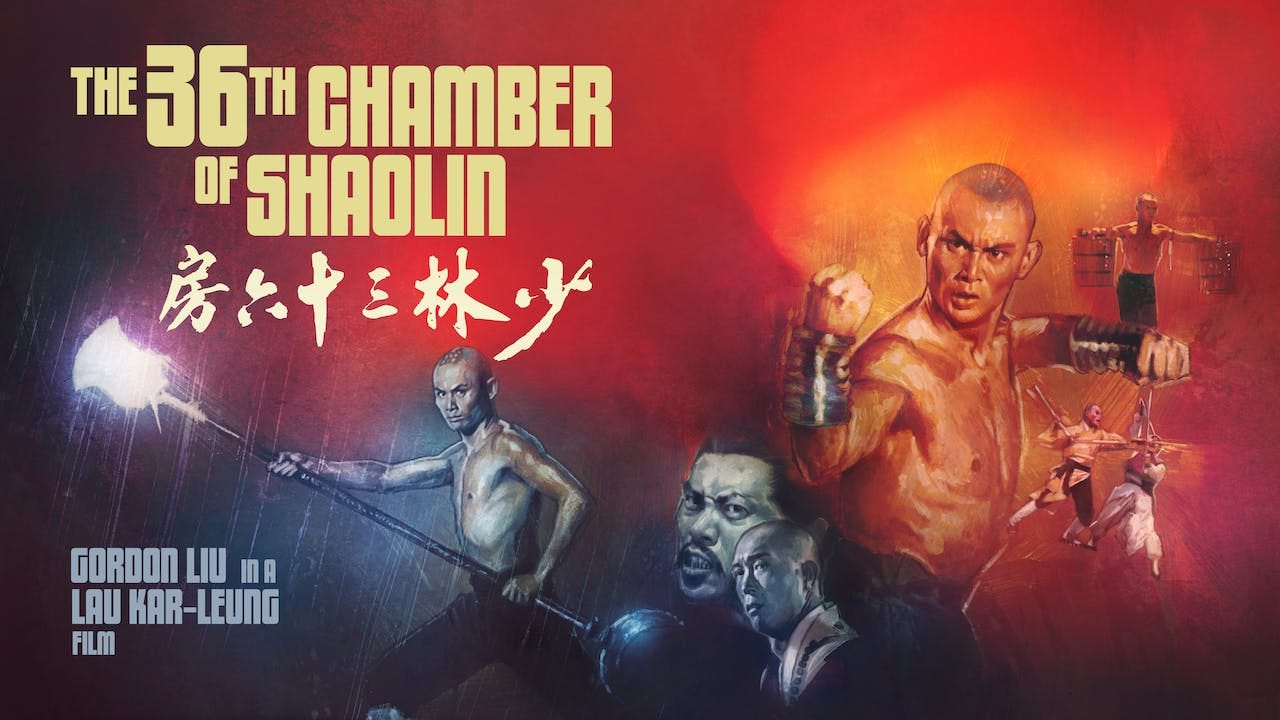
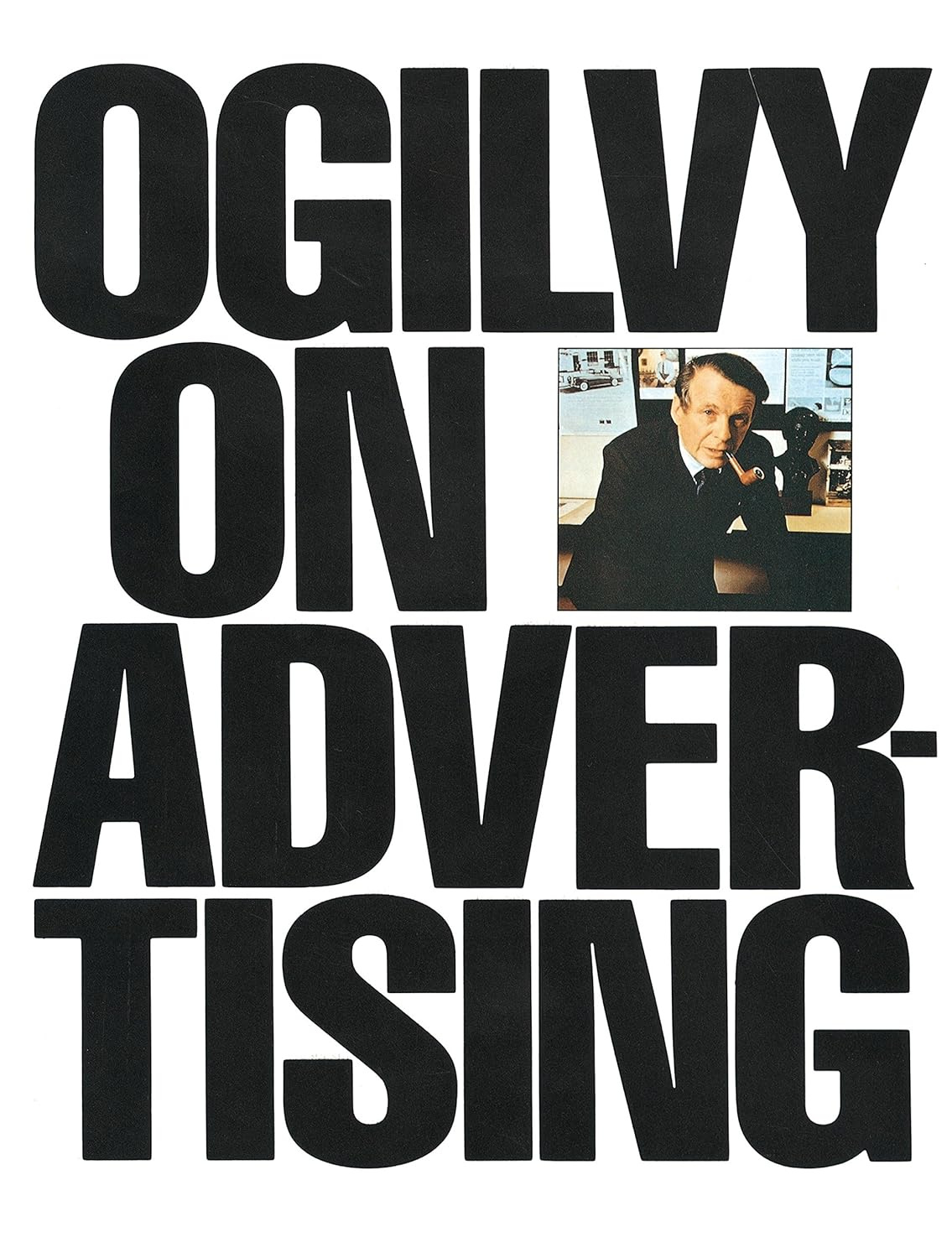
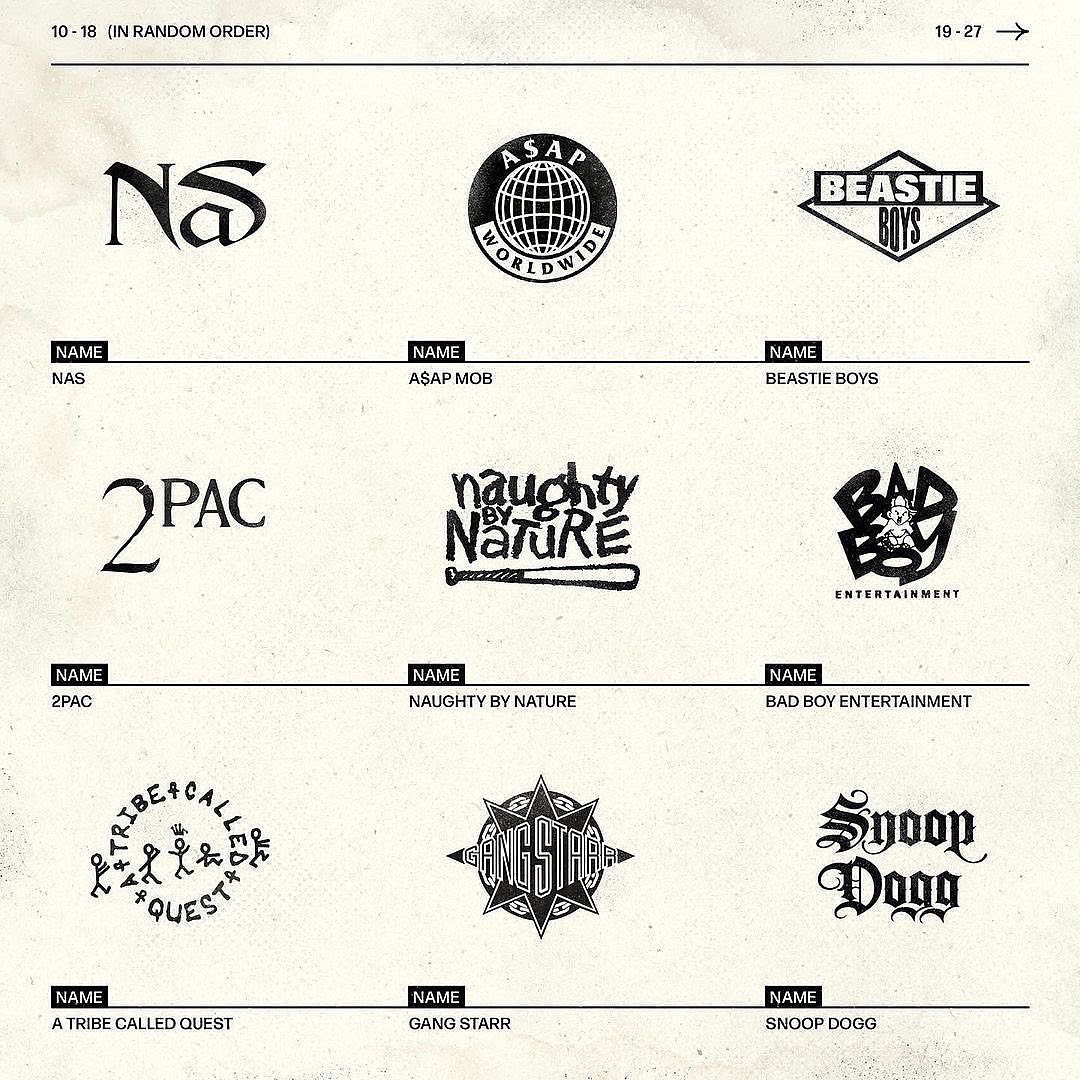
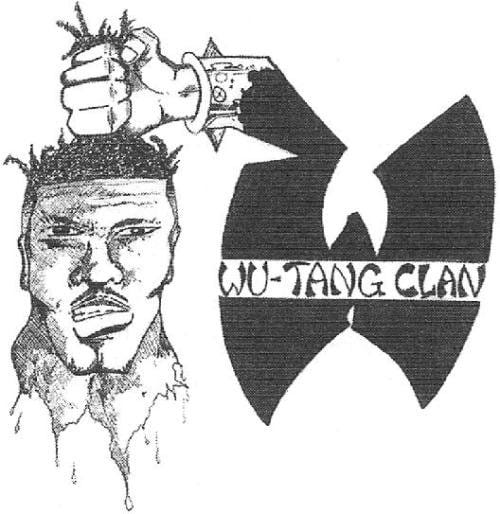
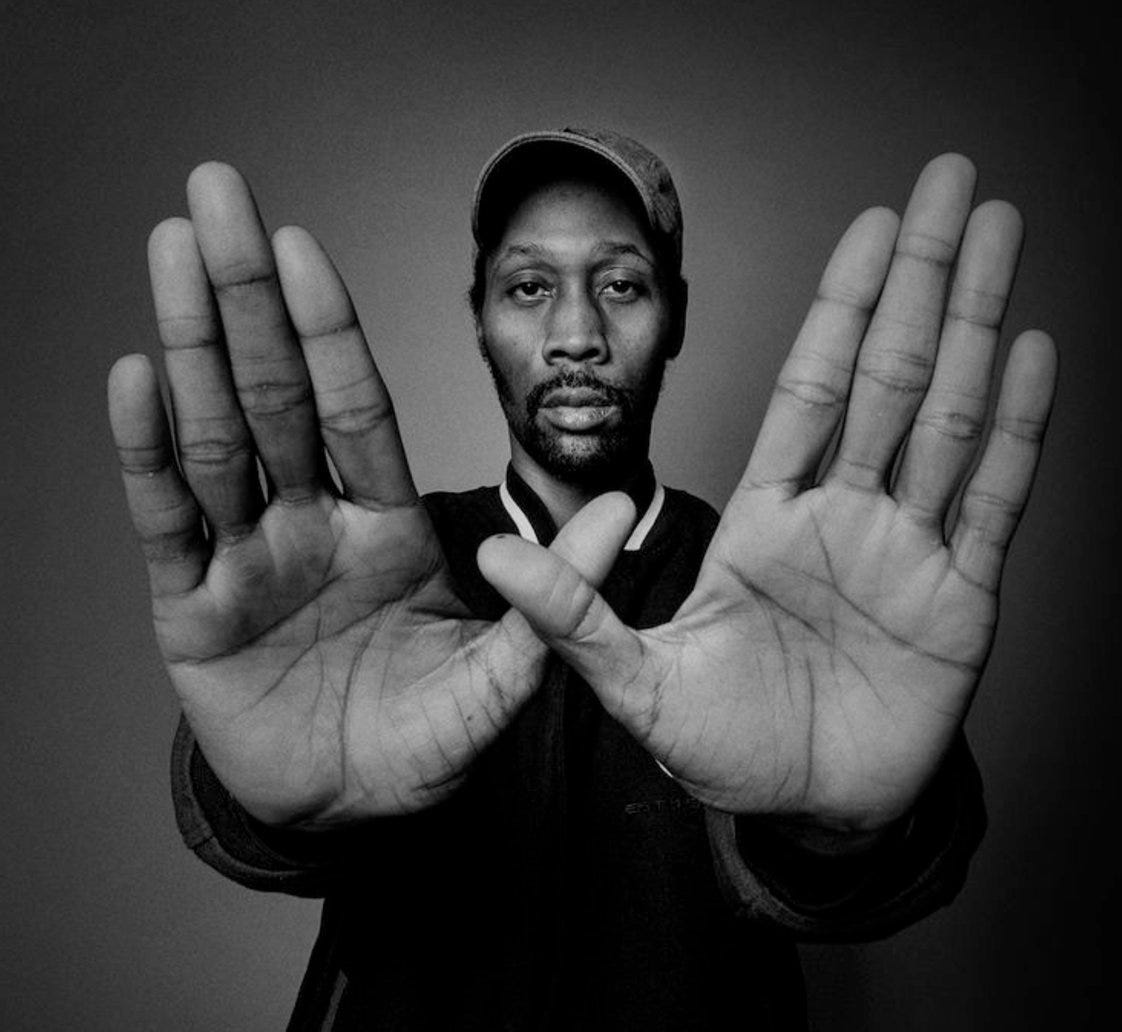
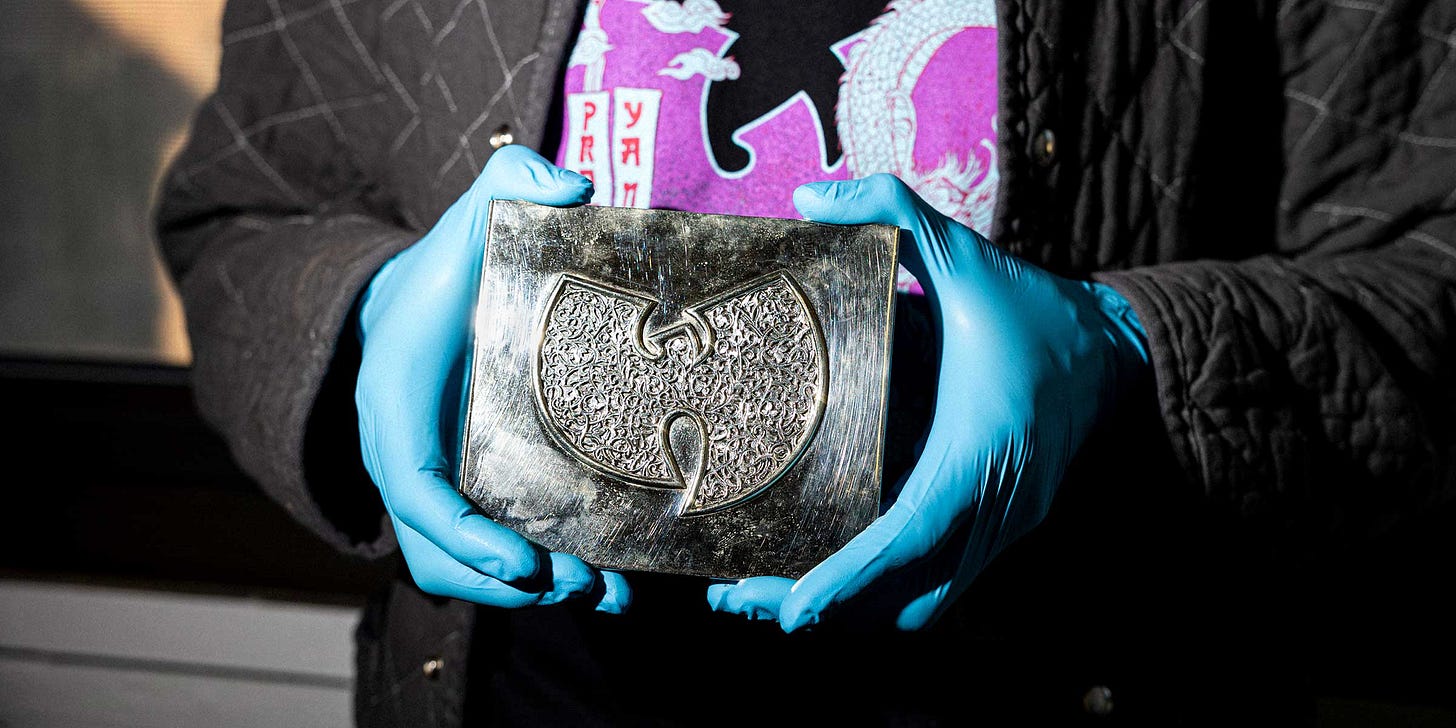
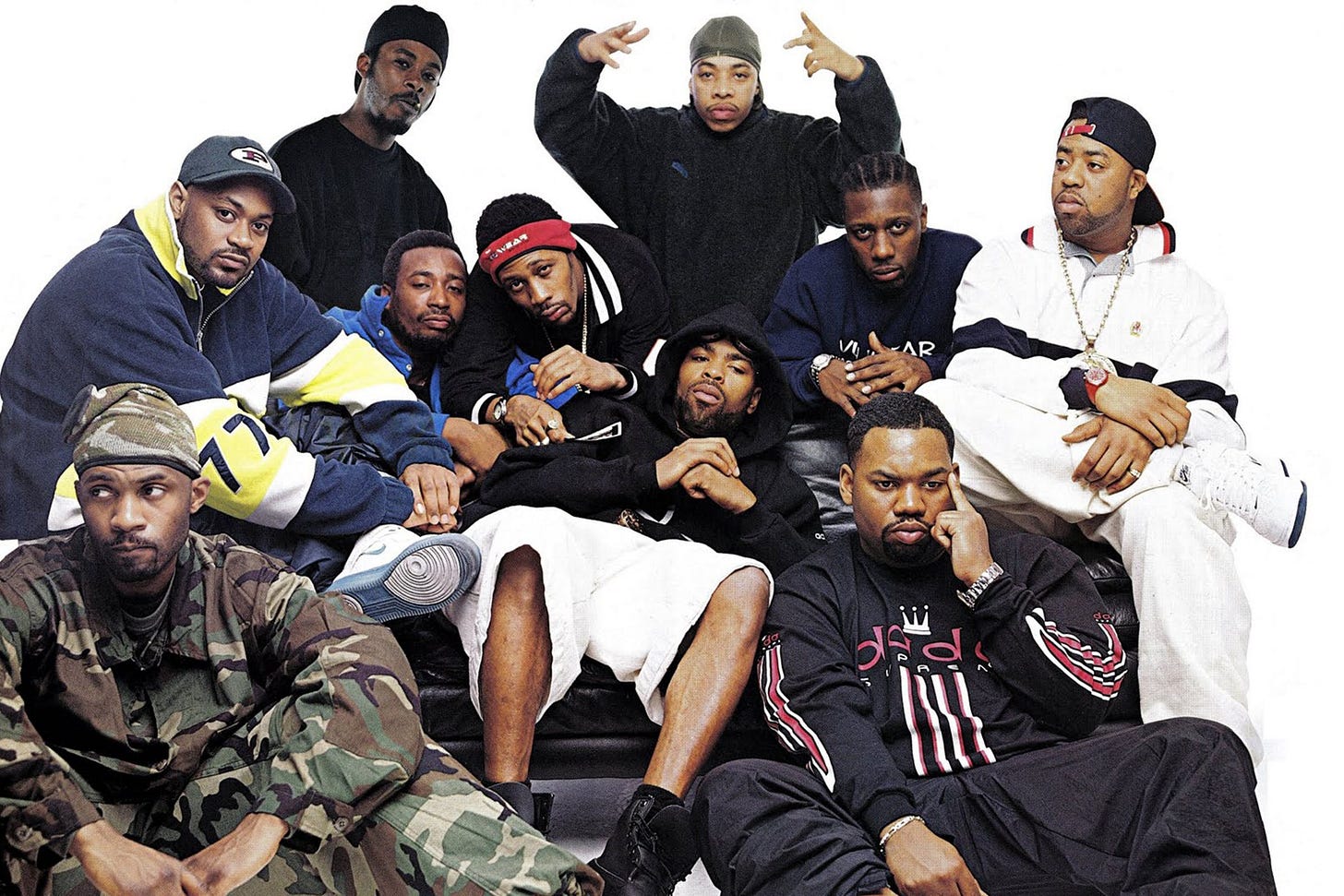
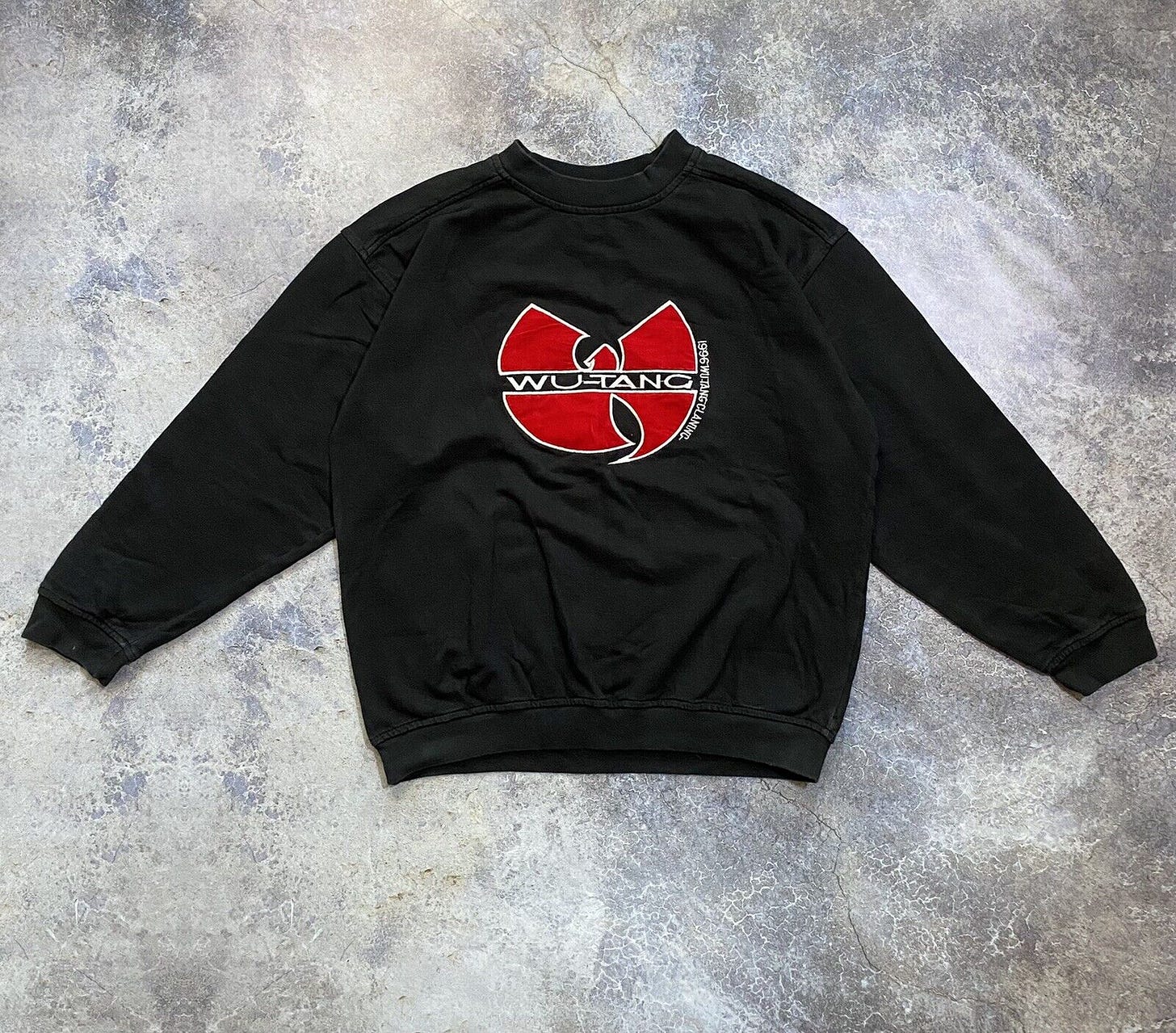
Thank you for this write up! You dropped a lot of gems. Looking forward to another 30 years of watch Wu-Tang’s legacy evolve!!